January 2016: Banking spread shrinks to 5.12%, lowest in 11 years
Pronounced fall in weighted average lending rate main reason for compression
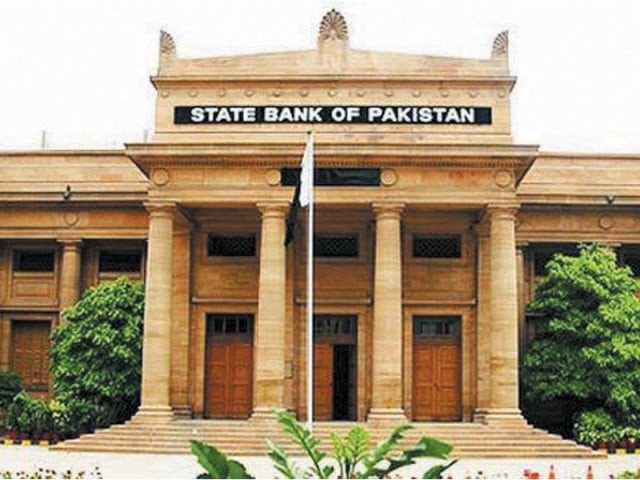
Pronounced fall in weighted average lending rate main reason for compression. PHOTO: FILE
The weighted average banking spread clocked up at 5.12% in the first month of 2016, which marks the lowest level in the last 11 years.
The banking spread, which is the difference between average lending and deposit rates, shrank by 67 basis points in January on a year-on-year (YoY) basis, according to the State Bank of Pakistan (SBP).
The Y0Y fall in the average lending rate was sharper than the corresponding drop in the average deposit rate in 2015, SBP data shows.
“The pronounced fall in the weighted average lending rate was the prime factor for the compression,” according to Shajar Capital research analyst Hamza Kamal.
The average lending rate decreased 214 basis points year on year to clock up at 8.59% in January. The annual decline in the average deposit rate was 147 basis points, as it equalled 3.47% for January.
The banking spread has mostly been shrinking for more than a year in the wake of accommodative monetary policy by the SBP. The central bank has reduced the benchmark interest rate consistently since 2014, as it currently stands at a historic low of 6%.
Shrinking spreads result in decreased banks’ earnings because customers receive higher interest on deposits but pay a smaller interest on their loans. Banks generally respond to such a scenario by investing more in riskless government securities that offer guaranteed returns.

The banking spread came down seven basis points to 5.12% as opposed to 5.19% recorded in the preceding month. The weighted average lending rate decreased eight basis points month on month while the weighted average deposit rate dropped by one basis point last month, SBP data shows.
Interest rates on loans are reset on a quarterly basis whereas deposits are re-priced immediately after the change in the benchmark interest rate.
The banking spread on gross disbursements and fresh deposits - also called the ‘fresh spread’ - clocked up at 3.05% in January, notably up from 2.70% recorded in December. The improvement in the fresh spread is mainly on the back of a decrease in the cost of fresh deposits that clocked up at 4.1%, down 48 basis points from the preceding month.
According to Kamal, the cost of fresh deposits had risen ‘irrationally’ in December, as bankers wanted to meet their year-end deposit collection targets.
Most analysts believe the monetary easing cycle has bottomed out and that the benchmark interest rate will not go down any more. Banks’ pursued a conservative policy for the most part of 2015 when it came to lending to the private sector.
“Fixed investment financing is expected to pick pace in the second half of 2016, as China-Pakistan Economic Corridors (CPEC)-related local financing kicks in. We forecast 8-10% growth in total industry advances for 2016,” Kamal said.
Published in The Express Tribune, February 25th, 2016.
Like Business on Facebook, follow @TribuneBiz on Twitter to stay informed and join in the conversation.









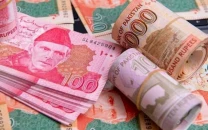

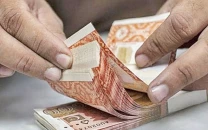

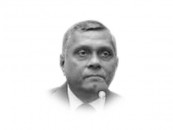

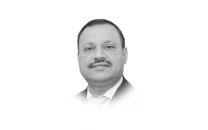



COMMENTS
Comments are moderated and generally will be posted if they are on-topic and not abusive.
For more information, please see our Comments FAQ